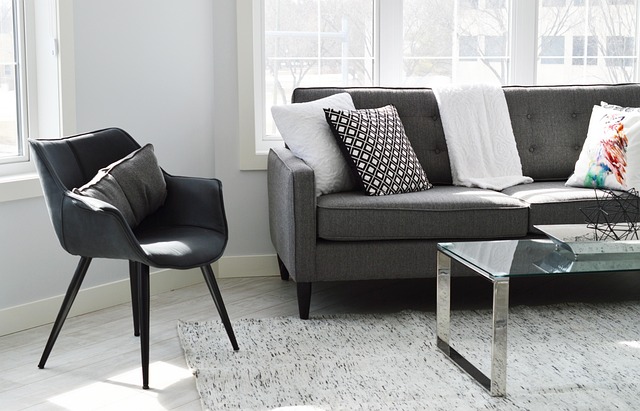Glulam (glue-laminated timber) panels offer exceptional strength and durability for various applications, especially in taller buildings where their high strength-to-weight ratio and rigid laminar construction efficiently withstand wind loads. They enable creation of open, elegant spaces with unique, complex geometric designs, suitable for minimalist residential to efficient commercial structures. Installation requires meticulous preparation and regular maintenance, while eco-friendly alternatives like cross-laminated timber (CLT) reduce environmental impact.
“Unleash the potential of your space with Glulam panel customization! This comprehensive guide explores the versatile world of Glulam, a powerful engineering solution. From understanding the fundamentals to unlocking endless design possibilities, we demystify this modern building technique. Discover a realm where creativity meets structural integrity.
We’ll delve into: basic Glulam construction, the vast array of materials and customization options, design flexibility for unique architectural visions, and practical installation and maintenance insights.”
- Understanding Glulam Panel Basics
- Materials and Customization Options
- Design Flexibility for Unique Spaces
- Installation and Maintenance Tips
Understanding Glulam Panel Basics
Glulam (glue-laminated timber) panels are engineered wood products created by gluing together multiple layers of dimension lumber. This innovative glulam construction method results in strong, durable panels suitable for a variety of applications. Each layer of wood adds strength and stability, making glulam a preferred choice in modern wood architecture for both structural and aesthetic purposes.
Understanding the fundamentals of glulam design considerations for wind load is crucial. As buildings grow taller, wind becomes a significant force to be reckoned with. Glulam’s unique structure allows it to withstand these forces efficiently due to its high strength-to-weight ratio and rigid laminar construction. This makes glulam an excellent choice for creating elegant, open spaces without compromising structural integrity, contributing to the popularity of innovative glulam construction methods in contemporary design trends.
Materials and Customization Options
Glulam, a remarkable engineering marvel of modern construction, offers an array of customization options when it comes to panel design. The versatility of this material lies in its ability to be shaped and tailored to create unique architectural elements. From intricate shapes to complex geometric patterns, glulam panels can be designed to suit any aesthetic vision.
Customization opportunities extend beyond visual appeal; structural integrity testing ensures that these panels are engineered to withstand various environmental conditions. This allows architects and builders to incorporate glulam into diverse construction projects, from residential buildings with modern, minimalist designs to commercial structures seeking efficient panelization for streamlined construction processes.
Design Flexibility for Unique Spaces
The beauty of glulam panel customization lies in its ability to offer unparalleled design flexibility. This innovative glulam construction method allows architects and designers to create unique, complex geometry spaces that were once considered challenging or even impossible with traditional building materials. By utilizing specific glulam solutions, it’s possible to craft intricate structures and open-concept layouts that seamlessly blend aesthetics and functionality.
With precise glulam panel dimensions and specifications, builders can transform any vision into reality. This precision engineering ensures structural integrity while also highlighting the natural beauty of wood laminates. Whether for a modern, minimalist design or a rustic, organic aesthetic, glulam panels provide a versatile framework to accommodate diverse architectural needs, making it an ideal choice for spaces that demand both functionality and style.
Installation and Maintenance Tips
When installing glulam panels, proper preparation is key. Start by ensuring the subfloor is clean, level, and strong enough to support the weight of the panels. Use high-quality fasteners and sealants recommended for glulam to guarantee a secure attachment. Regular maintenance involves inspecting panels for signs of damage or decay, re-sealing exposed ends, and replacing any worn-out components. This simple routine ensures structural integrity and longevity.
Consider the environmental impact with eco-friendly glulam alternatives, such as cross-laminated timber (CLT) made from sustainable sources. Glulam manufacturing processes can vary in their environmental footprint, so choosing a responsible supplier for glulam panelization promotes not only efficient construction but also contributes to a greener building industry.
Glulam panel customization offers endless design possibilities, allowing architects and builders to create unique, aesthetically pleasing spaces. By understanding the basics of glulam construction and exploring diverse materials and options, you can achieve remarkable results tailored to any project’s vision. Whether for modern structures or historic renovations, glulam’s versatility ensures it remains a top choice for those seeking both beauty and strength in their architectural elements.







